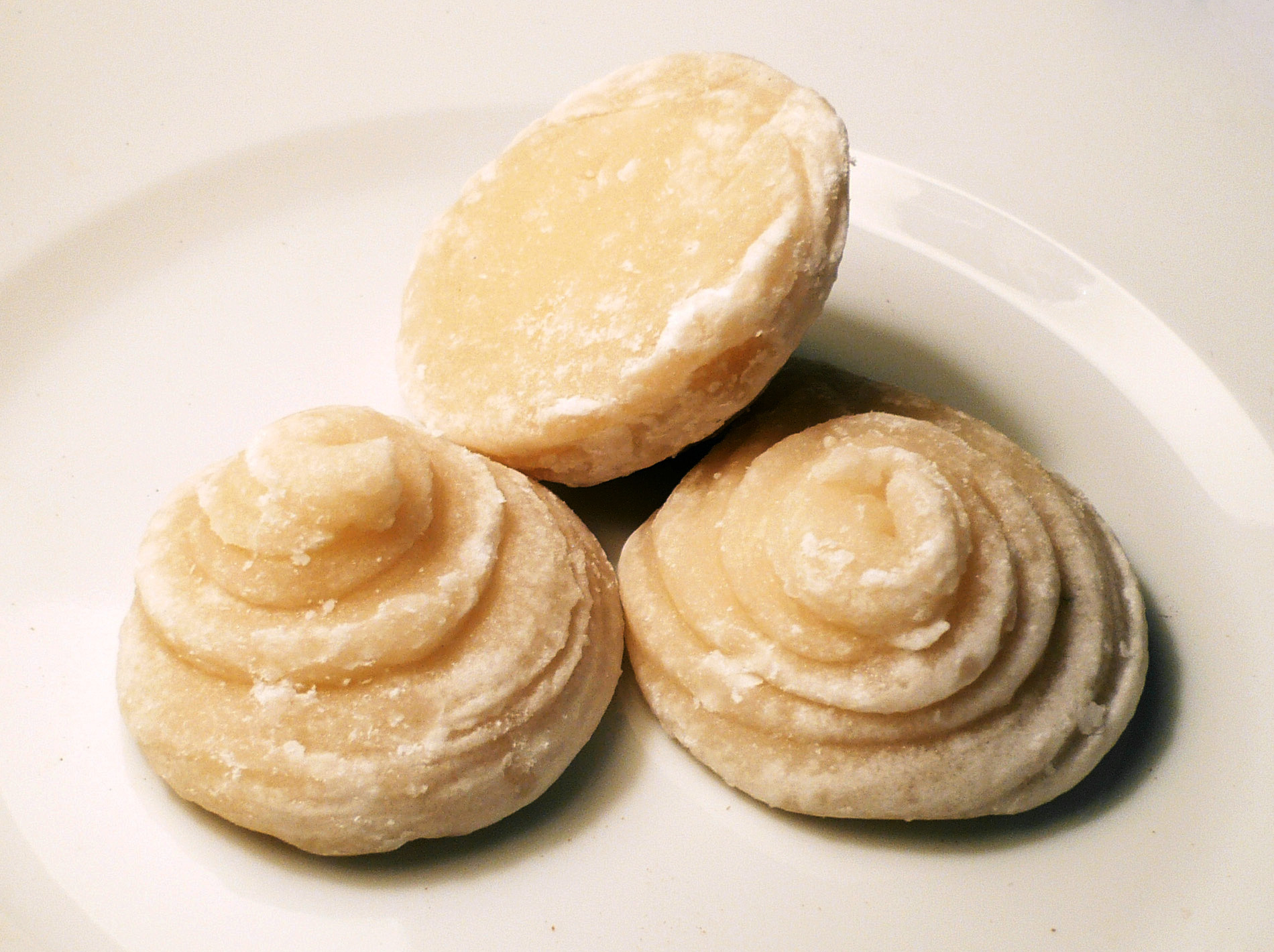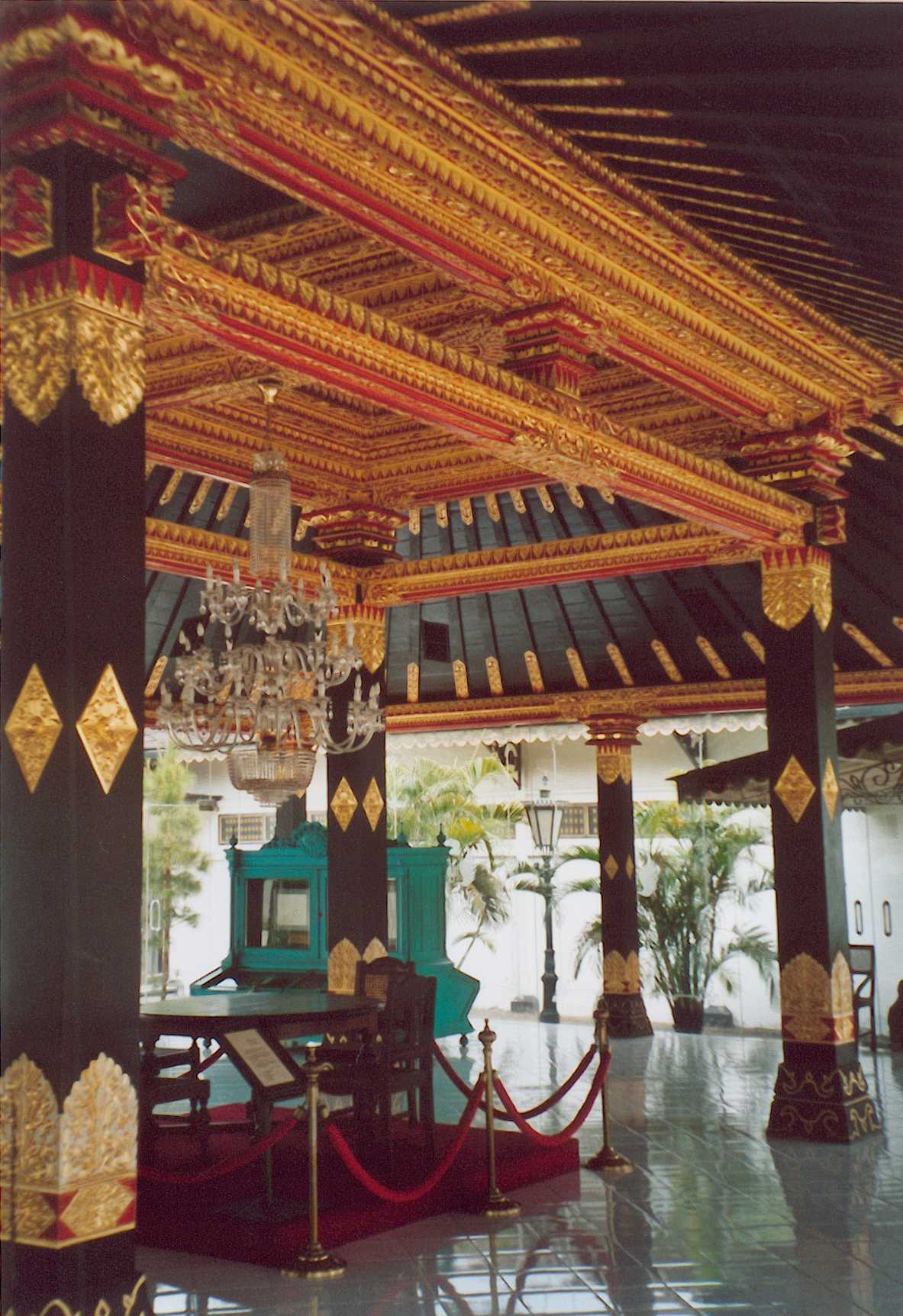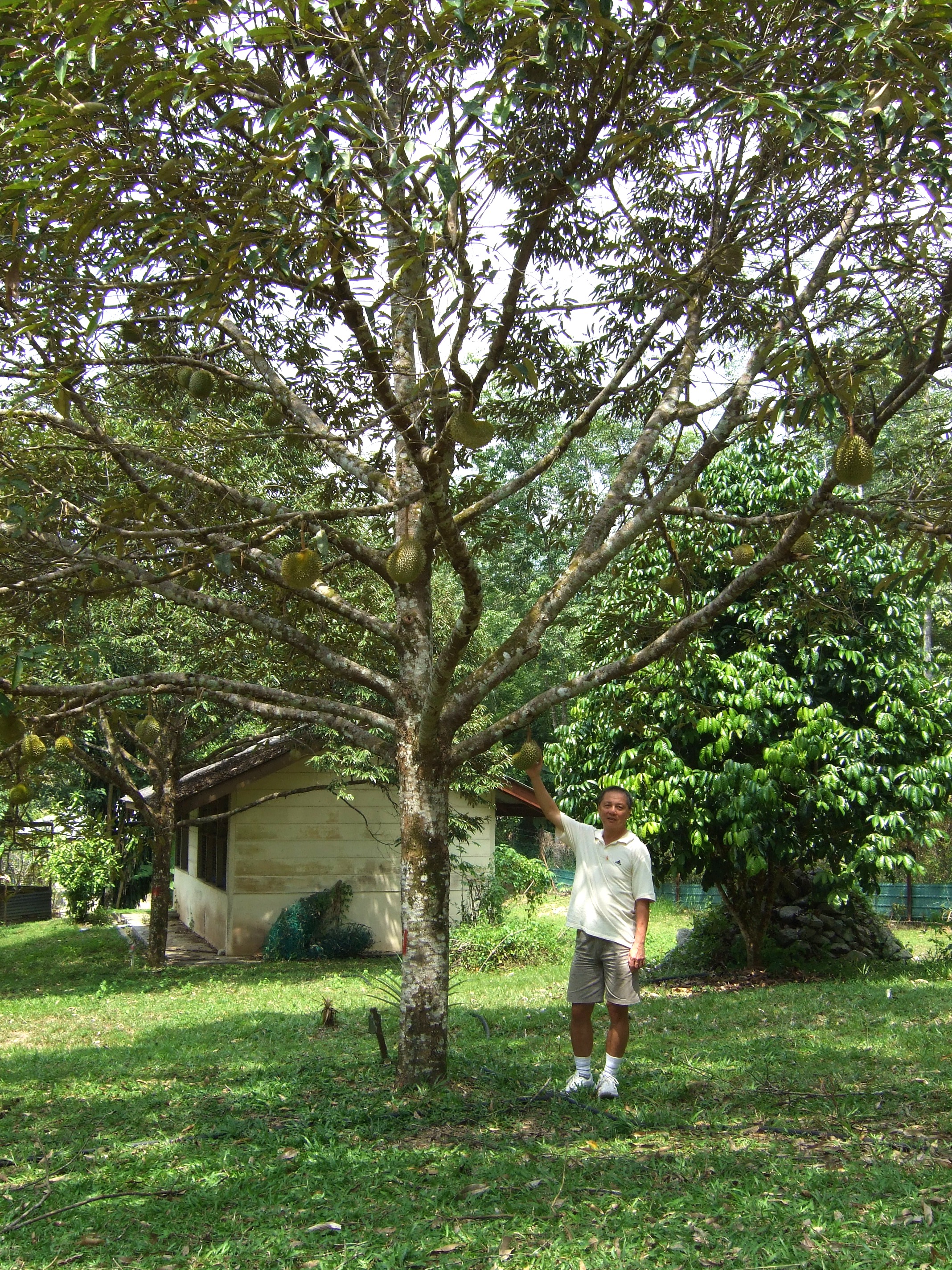|
Wajid (kuih)
''Wajik'' or ''wajid'', also known as ''pulut manis'', is a traditional glutinous sweet made with rice, sugar and coconut milk. It is an Indonesian ''kue'', and a ''kuih'' of Brunei, Singapore and Malaysia (especially in the state of Sabah). Definition The official Indonesian dictionary describes wajik as a confectionery made from a mixture of sticky rice, sugar, and coconut milk and cut into diamond shapes ( rhombus or parallelogram). Ingredients and shapes The main ingredients of wajik are glutinous rice, palm sugar, and coconut milk. The high content of sugar serves as a natural preservative since sugar inhibits the growth of microbes. A correctly produced and packaged wajik could last for up to two weeks. To enhance the aroma, wajik is often enhanced with aromatic ingredients such as pandanus, vanilla, or brown sugar and durian. A variant called ''wajik kelapa'' is uses coconut and palm sugar. Wajik have various shapes, but the most famous one is the rhombus or paralle ... [...More Info...] [...Related Items...] OR: [Wikipedia] [Google] [Baidu] |
Indonesia
Indonesia, officially the Republic of Indonesia, is a country in Southeast Asia and Oceania between the Indian and Pacific oceans. It consists of over 17,000 islands, including Sumatra, Java, Sulawesi, and parts of Borneo and New Guinea. Indonesia is the world's largest archipelagic state and the 14th-largest country by area, at . With over 275 million people, Indonesia is the world's fourth-most populous country and the most populous Muslim-majority country. Java, the world's most populous island, is home to more than half of the country's population. Indonesia is a presidential republic with an elected legislature. It has 38 provinces, of which nine have special status. The country's capital, Jakarta, is the world's second-most populous urban area. Indonesia shares land borders with Papua New Guinea, East Timor, and the eastern part of Malaysia, as well as maritime borders with Singapore, Vietnam, Thailand, the Philippines, Australia, Palau, and India ... [...More Info...] [...Related Items...] OR: [Wikipedia] [Google] [Baidu] |
Palm Sugar
Palm sugar is a sweetener derived from any variety of palm tree. Palm sugar is sometimes qualified by the type of palm, as in coconut palm sugar. While sugars from different palms may have slightly different compositions, all are processed similarly and can be used interchangeably. Types The predominant sources of palm sugar are the Palmyra, date, nipa, sugar and coconut palms. The Palmyra palm (''Borassus'' spp.) is grown in Africa, Asia, and New Guinea. The tree has many uses, such as thatching, hatmaking, timber, use as a writing material, and in food products. Palm sugar is produced from sap ('toddy') from the flowers. The date palm has two species, ''Phoenix dactylifera'' and '' P. sylvestris'', and both are sources of palm sugar. ''P. dactylifera'' is common in the Mediterranean and Middle East. ''P. sylvestris'' is native to Asia, mainly Pakistan and India. Date palms are cultivated mainly for dates. Palm sugar is made from the tree's sap. The nipa palm (''Ny ... [...More Info...] [...Related Items...] OR: [Wikipedia] [Google] [Baidu] |
Elaeis
''Elaeis'' () is a genus of palms containing two species, called oil palms. They are used in commercial agriculture in the production of palm oil. The African oil palm ''Elaeis guineensis'' (the species name ''guineensis'' referring to its country of origin) is the principal source of palm oil. It is native to west and southwest Africa, occurring between Angola and Gambia. The American oil palm ''Elaeis oleifera'' () is native to tropical Central and South America, and is used locally for oil production. Description Mature palms are single-stemmed, and can grow well over tall. The leaves are pinnate, and reach between long. The flowers are produced in dense clusters; each individual flower is small, with three sepals and three petals. The palm fruit is reddish, about the size of a large plum, and grows in large bunches. Each fruit is made up of an oily, fleshy outer layer (the pericarp), with a single seed (the palm kernel), also rich in oil. Species The two species, ''E. ... [...More Info...] [...Related Items...] OR: [Wikipedia] [Google] [Baidu] |
Midrib
This glossary of botanical terms is a list of definitions of terms and concepts relevant to botany and plants in general. Terms of plant morphology are included here as well as at the more specific Glossary of plant morphology and Glossary of leaf morphology. For other related terms, see Glossary of phytopathology, Glossary of lichen terms, and List of Latin and Greek words commonly used in systematic names. A B ... [...More Info...] [...Related Items...] OR: [Wikipedia] [Google] [Baidu] |
Caramelized
Caramelization is a process of browning of sugar used extensively in cooking for the resulting sweet nutty flavor and brown color. The brown colors are produced by three groups of polymers: caramelans (C24H36O18), caramelens (C36H50O25), and caramelins (C125H188O80). As the process occurs, volatile chemicals such as diacetyl are released, producing the characteristic caramel flavor. Like the Maillard reaction, caramelization is a type of non-enzymatic browning. Unlike the Maillard reaction, caramelization is pyrolytic, as opposed to being a reaction with amino acids. When caramelization involves the disaccharide sucrose, it is broken down into the monosaccharides fructose and glucose. Process Caramelization is a complex, poorly understood process that produces hundreds of chemical products, and includes the following types of reactions: * equilibration of anomeric and ring forms * sucrose inversion to fructose and glucose * condensation reactions * intramolecular bond ... [...More Info...] [...Related Items...] OR: [Wikipedia] [Google] [Baidu] |
Wajid
Wajid may refer to: *Al-Wājid (Arabic: الواجد), one of the names of God in Islam, meaning "''Perceiver''" or "''Unfailing''" * Wajid (name), male given name of Arabic origin (includes a list of people with this name) :*Wajid, Indian film musician, one half of the duo Sajid–Wajid *Wajid, Somalia (sometimes Waajid or Wajiid), city in the Bakool region of Somalia ** Wajid District, Somalia * Another name for wajik ''Wajik'' or ''wajid'', also known as ''pulut manis'', is a traditional glutinous sweet made with rice, sugar and coconut milk. It is an Indonesian ''kue'', and a ''kuih'' of Brunei, Singapore and Malaysia (especially in the state of Sabah). Def ..., a traditional Asian sweet See also * Wajid Ali (other) Names of God in Islam {{disambig ... [...More Info...] [...Related Items...] OR: [Wikipedia] [Google] [Baidu] |
Sekaten
Sekaten (originated from Arabic word: '' Syahadatain'') is a week-long Javanese traditional ceremony, festival, fair and pasar malam (night market) commemorating Maulid (the birthday of the Islamic prophet Muhammad), celebrated annually started on 5th day through the 12th day of (Javanese Calendar) Mulud month (corresponding to Rabi' al-awwal in Islamic Calendar). The festivities usually took place in northern ''alun-alun'' (square) in Yogyakarta, and simultaneously also celebrated in northern alun-alun of Surakarta. This ceremony originally were initiated by Sultan Hamengkubuwana I, the founder of Yogyakarta Sultanate to promote the Islamic faith. Gamelan Sekaten On day one, the ceremony commences after the Isya evening prayer with a royal procession of royal guards and 'abdi dalem' court officials accompanying two sets of centuries old gamelan traditional music instruments, the Kyai Nogo Wilogo and Kyai Guntur Madu. The royal procession, led by the Sultan and Governor of Y ... [...More Info...] [...Related Items...] OR: [Wikipedia] [Google] [Baidu] |
Keraton Yogyakarta
The Royal Palace of Yogyakarta ( id, Keraton Ngayogyakarta Hadiningrat, jv, ꦏꦿꦠꦺꦴꦤ꧀ꦔꦪꦺꦴꦒꦾꦏꦂꦠꦲꦢꦶꦤꦶꦔꦿꦠ꧀) is a palace complex in the city of Yogyakarta, Yogyakarta Special Region, Indonesia. It is the seat of the reigning Sultan of Yogyakarta and his family. The complex is a center of Javanese culture, and contains a museum displaying royal artifacts. It is guarded by the Yogyakarta Kraton Guards ( Indonesian: ''Prajurit Keraton Ngayogyakarta Hadiningrat''). History The complex was built in 1755–1756 ( AJ 1682) for Hamengkubuwono I, the first Sultan of Yogyakarta.OBYEK PENELITIAN http://elib.unikom.ac.id/ It was one of the monarch's first acts after the signing of the |
Javanese Culture
Javanese culture is the culture of the Javanese people. Javanese culture is centered in the provinces of Central Java, Yogyakarta and East Java in Indonesia. Due to various migrations, it can also be found in other parts of the world, such as Suriname (where 15% of the population are of Javanese descent), the broader Indonesian archipelago region, Cape Malay, Malaysia, Singapore, Netherlands and other countries. The migrants bring with them various aspects of Javanese cultures such as music, traditional dances and art of shadow play. The migration of Javanese people westward has created the coastal Javanese culture that is distinct from inland Sundanese culture in West Java and Banten. Being the largest ethnic group, the Javanese culture and people influence Indonesian politics and culture, a process sometimes described as Javanisation. Literature Javanese literature tradition is among the earliest and the oldest surviving literature traditions in Indonesia. The transla ... [...More Info...] [...Related Items...] OR: [Wikipedia] [Google] [Baidu] |
Majapahit
Majapahit ( jv, ꦩꦗꦥꦲꦶꦠ꧀; ), also known as Wilwatikta ( jv, ꦮꦶꦭ꧀ꦮꦠꦶꦏ꧀ꦠ; ), was a Javanese people, Javanese Hinduism, Hindu-Buddhism, Buddhist thalassocracy, thalassocratic empire in Southeast Asia that was based on the island of Java (in modern-day Indonesia). It existed from 1293 to circa 1527 and reached its peak of glory during the era of Hayam Wuruk, whose reign from 1350 to 1389 was marked by conquests that extended throughout Southeast Asia. His achievement is also credited to his prime minister, Gajah Mada. According to the () written in 1365, Majapahit was an empire of 98 tributaries, stretching from Sumatra to New Guinea; consisting of present-day Indonesia, Singapore, Malaysia, Brunei, southern Thailand, Timor Leste, southwestern Philippines (in particular the Sulu Archipelago) although the scope of Majapahit sphere of influence is still the subject of debate among historians. The nature of Majapahit relations and influences upon its ... [...More Info...] [...Related Items...] OR: [Wikipedia] [Google] [Baidu] |
Coconut
The coconut tree (''Cocos nucifera'') is a member of the palm tree family ( Arecaceae) and the only living species of the genus ''Cocos''. The term "coconut" (or the archaic "cocoanut") can refer to the whole coconut palm, the seed, or the fruit, which botanically is a drupe, not a nut. The name comes from the old Portuguese word '' coco'', meaning "head" or "skull", after the three indentations on the coconut shell that resemble facial features. They are ubiquitous in coastal tropical regions and are a cultural icon of the tropics. The coconut tree provides food, fuel, cosmetics, folk medicine and building materials, among many other uses. The inner flesh of the mature seed, as well as the coconut milk extracted from it, form a regular part of the diets of many people in the tropics and subtropics. Coconuts are distinct from other fruits because their endosperm contains a large quantity of clear liquid, called ''coconut water'' or ''coconut juice''. Mature, ripe coconut ... [...More Info...] [...Related Items...] OR: [Wikipedia] [Google] [Baidu] |
Durian
The durian (, ) is the edible fruit of several tree species belonging to the genus ''Durio''. There are 30 recognised ''Durio'' species, at least nine of which produce edible fruit. ''Durio zibethinus'', native to Borneo and Sumatra, is the only species available in the international market. It has over 300 named varieties in Thailand and 100 in Malaysia, as of 1987. Other species are sold in their local regions. Durians are commonly associated with Southeast Asian cuisine, especially in Indonesia, Malaysia, Singapore, Thailand, Cambodia, Philippines, Bangladesh and Vietnam. Named in some regions as the "king of fruits", the durian is distinctive for its large size, strong odour, and thorn-covered rind. The fruit can grow as large as long and in diameter, and it typically weighs . Its shape ranges from oblong to round, the colour of its husk green to brown, and its flesh pale yellow to red, depending on the species. An acquired taste, some people regard the durian as having ... [...More Info...] [...Related Items...] OR: [Wikipedia] [Google] [Baidu] |






.jpg)

